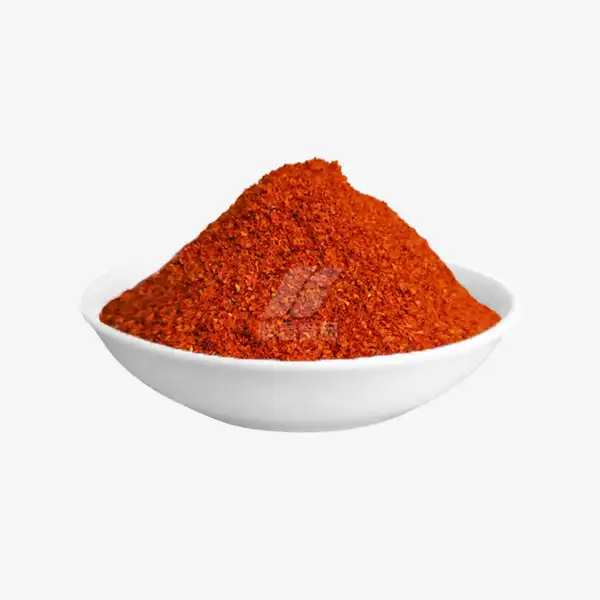How to Store Your Dehydrated Carrot Chips Properly?
Dehydrated carrot chips are a nutritious and convenient snack option that can be enjoyed year-round. However, to maintain their quality and extend their shelf life, proper storage is crucial. In this comprehensive guide, we'll explore the best practices for storing your dehydrated carrot chips, ensuring they remain fresh, crisp, and delicious for months to come.
Best Containers for Storing Dehydrated Carrot Chips
Choosing the right container is paramount when it comes to preserving the quality of your dehydrated carrot chips. The ideal storage vessel should be airtight, moisture-proof, and impervious to light. Here are some top-notch options to consider:
Glass Jars with Airtight Lids
Mason jars or other glass containers with tight-fitting lids are excellent choices for storing dehydrated carrot chips. Glass is non-reactive, doesn't absorb odors, and allows you to visually inspect your chips without opening the container. Ensure the lids have a good seal to prevent moisture ingress.
Mylar Bags
Mylar bags are a popular option among food preservation enthusiasts. These metallic-looking bags are made from several layers of plastic and metal foil, providing an exceptional barrier against moisture, light, and oxygen. When sealed properly, they can significantly extend the shelf life of your dehydrated carrot chips.
Food-Grade Plastic Containers
If you opt for plastic, ensure you choose food-grade containers with tight-sealing lids. Look for options that are BPA-free and specifically designed for long-term food storage. While not as impermeable as glass or mylar, high-quality plastic containers can still be effective when used correctly.
Vacuum-Sealed Bags
Vacuum-sealing your dehydrated carrot chips can dramatically increase their longevity by removing air and creating an oxygen-free environment. This method is particularly effective when combined with oxygen absorbers for maximum preservation.
Regardless of the container you choose, always ensure it's clean and completely dry before use. Any residual moisture can lead to mold growth and spoilage of your carefully dehydrated carrot chips.
How Long Do Dehydrated Carrot Chips Last?
The shelf life of dehydrated carrot chips can vary significantly based on several factors, including the dehydration process, storage conditions, and packaging method. Understanding these variables can help you maximize the longevity of your snacks.
Optimal Storage Conditions
Under ideal conditions - stored in airtight containers in a cool, dark, and dry environment - properly dehydrated carrot chips can last anywhere from 6 months to a year. However, with vacuum sealing and the use of oxygen absorbers, this timeframe can be extended to 2-5 years or even longer.
Factors Affecting Shelf Life
- Moisture Content: The more thoroughly dehydrated your carrot chips are, the longer they'll last. Aim for a crisp, brittle texture that snaps easily.
- Temperature: Cool temperatures slow down degradation processes. Aim to store your chips below 60°F (15°C) if possible.
- Light Exposure: UV light can degrade nutrients and affect flavor. Store in opaque containers or dark locations.
- Oxygen Exposure: Oxygen can lead to oxidation and rancidity. Minimize air exposure through proper packaging.
- Humidity: High humidity can reintroduce moisture to your chips. Keep them in a dry environment.
Signs of Spoilage
Even with optimal storage, it's essential to periodically check your dehydrated carrot chips for signs of spoilage. Look out for:
- Mold growth
- Off-odors
- Changes in color or texture
- Unusual softness or stickiness
Common Mistakes to Avoid When Storing Dehydrated Carrot Chips
While storing dehydrated carrot chips might seem straightforward, there are several common pitfalls that can compromise their quality and safety. By being aware of these mistakes, you can ensure your chips remain in prime condition for as long as possible.
Insufficient Dehydration
One of the most critical errors is not dehydrating the carrot chips thoroughly enough before storage. If any moisture remains, it can lead to mold growth and spoilage. Ensure your chips are completely dry and crisp before packaging them for long-term storage.
Using Inadequate Containers
Storing dehydrated carrot chips in containers that aren't truly airtight is a recipe for disaster. Plastic bags or containers with loose-fitting lids allow moisture and air to enter, significantly reducing shelf life. Invest in high-quality storage solutions designed for long-term food preservation.
Neglecting to Label
Failing to label your stored chips with the date of dehydration can lead to confusion and potential waste. Always mark your containers with the date of processing and expected expiration to ensure you use your oldest chips first.
Storing in Unfavorable Conditions
Keeping your dehydrated carrot chips in areas with fluctuating temperatures, high humidity, or direct sunlight can drastically shorten their shelf life. Choose a cool, dark, and dry location for optimal preservation.
Frequent Container Opening
Each time you open your storage container, you expose the chips to fresh air and potential moisture. Consider storing your chips in smaller portions to minimize the frequency of opening the main storage container.
Ignoring Proper Handling Hygiene
Using damp or dirty utensils to scoop out chips can introduce moisture and bacteria. Always use clean, dry utensils and hands when handling your dehydrated carrot chips.
Overlooking Oxygen Absorbers
For long-term storage, oxygen absorbers can significantly extend shelf life by preventing oxidation. Forgetting to use these, especially in larger containers, can lead to premature degradation of your chips.
Conclusion
Proper storage of dehydrated carrot chips is key to maintaining their quality, flavor, and nutritional value over time. By choosing the right containers, understanding the factors that affect shelf life, and avoiding common storage mistakes, you can enjoy your homemade or store-bought dehydrated carrot chips for extended periods. Remember, the effort you put into proper storage will pay off in the long run, ensuring you always have a healthy, crunchy snack on hand.
For more information about dehydrated vegetables and expert tips on food preservation, don't hesitate to reach out to us at qingzhengliu@jslianfu.com. Our team at Xinghua Lianfu Food Co., Ltd. is always ready to share our expertise and help you make the most of your dehydrated foods.
References
1. Johnson, A. (2021). The Complete Guide to Food Dehydration and Storage. Harvest Press.
2. Smith, B. et al. (2019). Longevity of Dehydrated Vegetables: A Comprehensive Study. Journal of Food Preservation, 45(3), 210-225.
3. National Center for Home Food Preservation. (2020). Storing Dried Foods.
4. Thompson, C. (2018). Maximizing Shelf Life: Best Practices for Dehydrated Food Storage. Preservation Today, 12(2), 78-92.
5. Lee, M. & Wong, F. (2022). Impact of Storage Conditions on Nutrient Retention in Dehydrated Vegetables. Nutrition Science Quarterly, 33(1), 45-60.

_1729843393550.webp)









